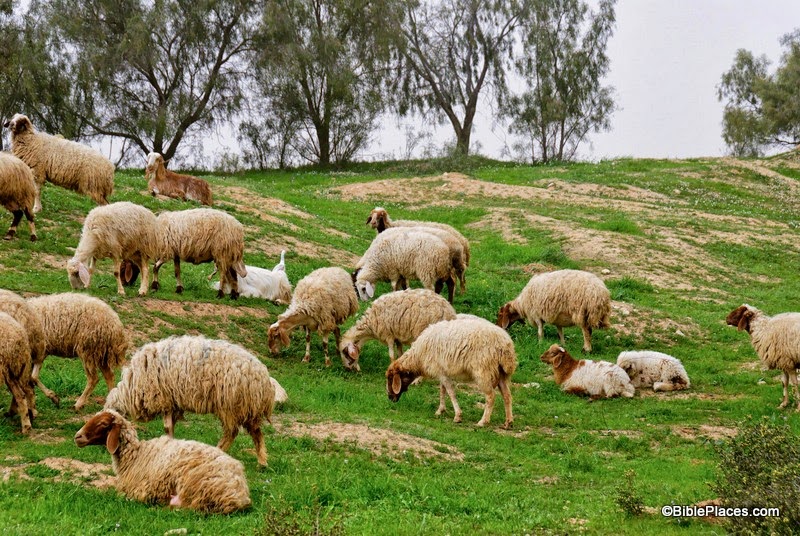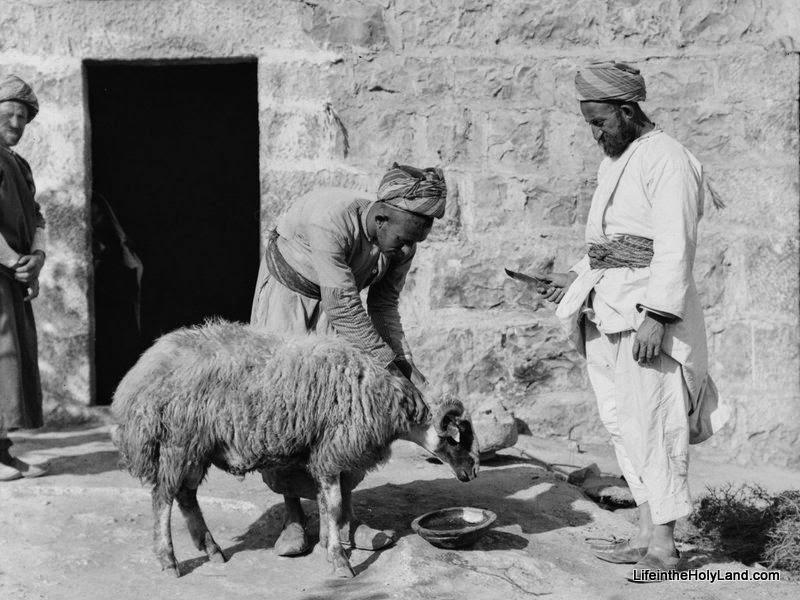There are a few free lectures coming up for those in the Chicago area.
On October 2, Wednesday, Ian Morris of Stanford University will give a lecture at the Oriental Institute of the University of Chicago on “Why the West Rules — For Now: The Patterns of History, and What They Reveal About the Future.” The lecture begins at 7:00 pm and is followed by a free reception. Information about this event can be found here. Future events are listed here.
A Malaysian lawyer told a British journalist: “I am wearing your clothes, I speak your language, I watch your films, and today is whatever date it is because you say so.”
Do chaps or maps drive history? Human brilliance and folly, or geography? Or maybe genes, or culture? Ian Morris goes a level deeper than Jared Diamond’s Guns, Germs, and Steel to determine why the standards of Europe and North America now prevail in the world when it was the East that dominated for the 1,200 years between 550 and 1750 CE. Why did that happen, and what will happen next?
On October 3, Thursday, Ted Lewis from Johns Hopkins University will give a lecture on “Magic in Ancient Israel: Incantations in the Hebrew Bible and Archaeology.” This appears to be the final lecture in this year’s Wheaton College Archaeology Lecture Series. The lecture begins at 7:00 pm and will take place in the Billy Graham Center room 534. The information can be found here.
On October 5, Friday, Lisa Heidorn will present a lecture on “Dorginarti Island: The Fortress of the Lord of Eternity” at the meeting of the Chicago Chapter of the American Research Center in Egypt.
The lecture will begin at 5:00 pm and will take place at the Oriental Institute of the University of Chicago. More information can be found here. The site is located at about 21.829665°, 31.249143° (the island is now covered by Lake Nasser).
The fortress of Dorginarti, located in the northern part of the 2nd cataract, was excavated in 1964 by an Oriental Institute team; however, the excavations were abandoned after a few short months because rising waters behind the new High Dam at Aswan made continued work impossible. The fort was originally dated either to the Middle Kingdom because of its architecture, or to the late New Kingdom because of its objects and pottery. This ambiguity was due to the uncertainty in the 1960s about the dating of late New Kingdom and Third Intermediate pottery. Over the last two decades, great strides have been made in the identification of pottery to the periods after the New Kingdom, which now allows a more precise interpretation of the site. This ARCE Chicago lecture will give a recap of the fortress and its reasons for existence, in addition to the presentation of new material that is in preparation for the Oriental Institute’s publication of the site.
We noted before that on October 23, Wednesday, Gabriel Barkay will be giving a lecture on “Recent Archaeological Discoveries in Jerusalem” at Trinity Evangelical Divinity School. This lecture is noted along with other speaking engagements at Barkay’s new website.


